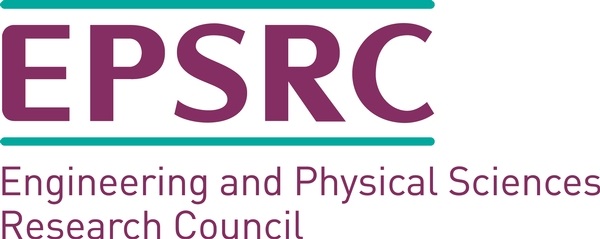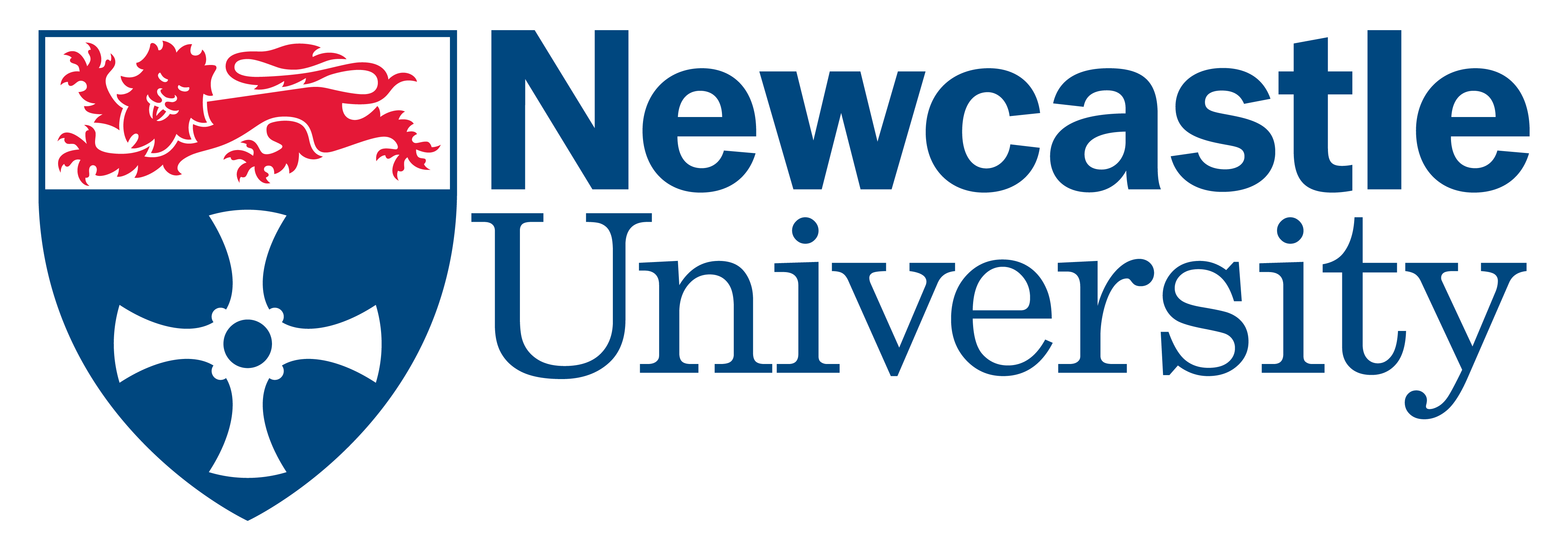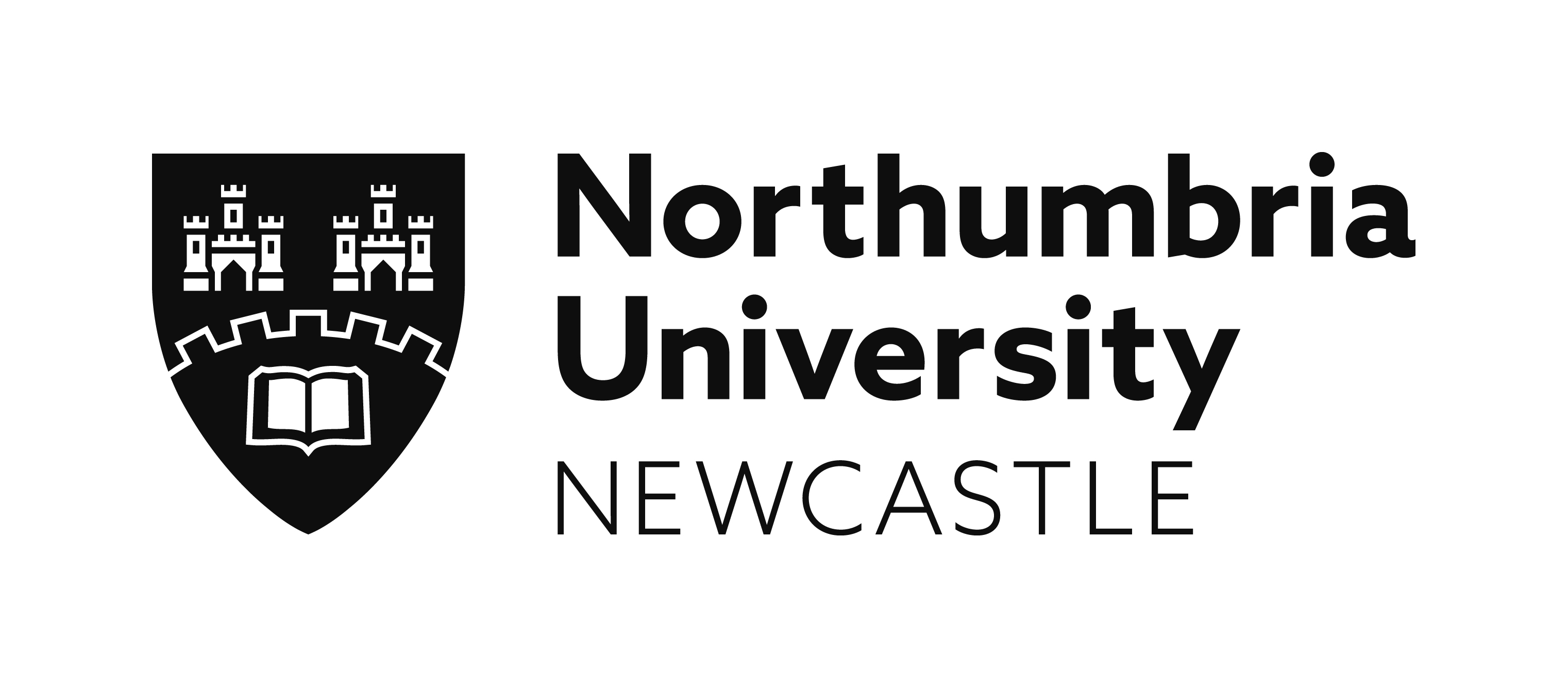Projects
Project 1: Energy Capture and Transfer on Scalable Substrates
The aim of this project is to develop surfaces that absorb solar irradiation and satisfy the following key materials criteria: (i) non-toxic or Earth-abundant; (ii) compatible with high volume manufacture; (iii) environmentally resillient; and (iv) demonstrate high efficiency. This project will focus on fabricating inorganics and organic absorbers that are solution processed. An important outcome from the project is the demonstrable deposition over large areas and common industrial substrates including glass, plastics and foils. This activity will be supported by Power Roll, which has roll-to-roll manufacturing facilities in the North East.
Participants: Prof Neil Beattie, Dr Guillame Zoppi, Dr Elizabeth Gibson, Dr Tom Penfold, Dr Chris Groves, Dr Budhika Mendis, Dr Noel Healy, Dr Douglas Halliday
Project 2: Powering Sensors for Smart Cities
The growing demand for smart cities requires sensors that are connected to monitor traffic, water meters etc. The number of sensors required to equip future cities will be huge. Therefore a key question is whether it is possible to power all of these devices from batteries or whether integrating energy harvesting devices would reduce cost and labour in the long term. One approach to continuosly power the senor system is to convert low-grade heat into electricity, via a thermoelectric device. The aim of this project is to develop a new non-toxic material that produces 10 times more electric power at ambient temperature compared to any other material that have been published so far.
Participants: Dr Lidija Siller, Dr Fabio Cucinotta, Professor Andrew Houlton, Dr Natasha Shirshova, Professor Keith Scott, Dr Elizabeth Gibson, Professor Peter Cumpson, Dr Michael Probert, Dr Budhika Mendis, Dr Paul Hodgkinson
Project 3: Mobility of Charges: From Fundamental atomic understanding to device models from principles using computations aligned with experiment
The interface is a fundamental aspect that determines the materials structure and many of its important properties. In a wide variety of technological applications, such as memory devices, sensors, catalysts, photovoltaics (PV) and photoelectrochemical cells (PEC), the mobility of charges (electrons or holes) across this interface respresent a severe limitation to their performance. In this project, we will combine expertise in DFT, kinetic Monte Carlo and molecular and quantum dynamics simulations to develop an on-the-fly quantum dynamics approach using density functional potential energy surfaces and couplings to simulate the charge mobility, transfer at interfaces at complex systems, such as dye-semiconductor interface and at the cathode of batteries.
Participants: Dr Tom Penfold, Dr Chris Groves, Professor Werner Hofer, Dr Elizabeth Gibson, Prof Neil Beattie, Dr Guillame Zoppi, Professor Keith Scott, Dr John Errington, Professor Ulrich Stimming
Project 4: Exploiting two dimensionality for surface engineering (ETSE)
The potential of two-dimensional materials for the chemical modification of surfaces on bulk materials is well recognised. The confirmal growth and lack of dangling bonds, which can be achieve in two-dimensional materials is attractive for both surface passivation and for the creation of atomically flat surfaces. These surfaces offer the possibility to grow or despoit a second material with minimal strain despite significant lattice mismatch, so called van der Waals epitaxy. The deployment of such layers at interfaces offers the potential of creating abrupt, strain-free heterojunctions with additional design parameters for surface properties. This project aims to: (i) determine the interaction at an atomic level between graphene and other two-dimensional materials with a range of solid surfaces, by investigating the electronic characteristics of the heterojunction, the adhesion and the perturbation of the electronic structure at the interface; (ii) examine the electrical and photonic interactions between two-dimensional materials and quantum dots, for the range of QD materials CZT and SiC; (iii) examine the growth of semiconducting energy materials on the surface of two-dimensional materials, addressing key issues such as wetting, interfacial energy and kinetics which govern growth mode and film quality; (iv) determine the mechanical and fractional response of two-dimensional materials on different substratesa.
Participants: Dr Michael Hunt, Dr Alton Horsfall, Prof Neil Beattie, Professor Andrew Houlton, Dr Michael Probert, Professor Steve Bull
Project 5: Tailored interfaces for flexible renewable energy systems
In many renewable energy applications coatings are used which show a considerable mismatch in properties with their substrates. For instance coatings on reduced cavitation or erosion damage in tidal turbines are usually required to have a higher stiffness than their substrate and this generates large shear stresses at the interface which are ultimatley responsible for coating detachment. This project would involve developing compliant interface layers for multilayer coatings on flexible substrates. Initally a fully specificed 3D finite element model of two example applications will be developed (i) a coated tidal turbine blade and (ii) a multilayer PV stack on a metal foil substrate.
Participants: Professor Steve Bull, Dr Wenxian Yang, Professor Andrew Houlton, Prof Neil Beattie, Dr Guillame Zoppi
Flexible Funding Project 1: Nanoscale Interfacial Engineering of Antimony-based Absorber Materials for PV Applications
Participants: Dr Vincent Barrioz, Dr Jonathan Major, Dr Elizabeth Gibson, Dr Guillaume Zoppi
Flexible Funding Project 2: Photoelectrocatalytic systems for solar fuels
Participants: Dr Elizabeth Gibson, Dr Joshua Karlsson, Dr Mary Pryce, Prof Eileen Yu
Flexible Funding Project 3: Efficient Electrocatalytic system for Multi-carbon Products from CO2 Electrochemical Reduction
Participants: Prof Eileen Yu, Dr Elizabeth Gibson, Dr Shahid Rasul, Dr John Errington
Flexible Funding Project 4: Bi-functional air electrodes for metal-air batteries
Participants: Professor Ulrich Stimming, Prof Jawwad Darr, Dr Arup Chakraborty
Flexible Funding Project 5: Creating an Open Access Facility for Lifetime Assessment of Emerging PV
Participants: Dr Chris Groves, Dr Douglas Halliday, Dr Elizabeth Gibson, Dr Marina Frietag, Dr Pablo Docampo










